Close menu
- Home
- Market Reports
- Product Reports
- News
- Companies
- Topics
- Events
- Subscribe
Clean cool
By Craig Ritchie2025-04-29T08:28:00

Tightened environmental regulations around refrigerants are driving a wave of product enhancements among manufacturers of HVAC systems and cooling products
To continue reading this article…
Already registered?
Create a FREE account
To continue reading this article you must
register for a free account and login.
Subscribe to IBI Plus
Subscribe today and recieve
instant unlimited sitewide access.
- Subscribe
- Print Issues
- Topics A-Z
- Contact us
- Terms and Conditions
- Privacy Policy
- Cookie Policy
- © 2024 BOAT INTERNATIONAL MEDIA LTD.
- Members of:
-
-
-
-
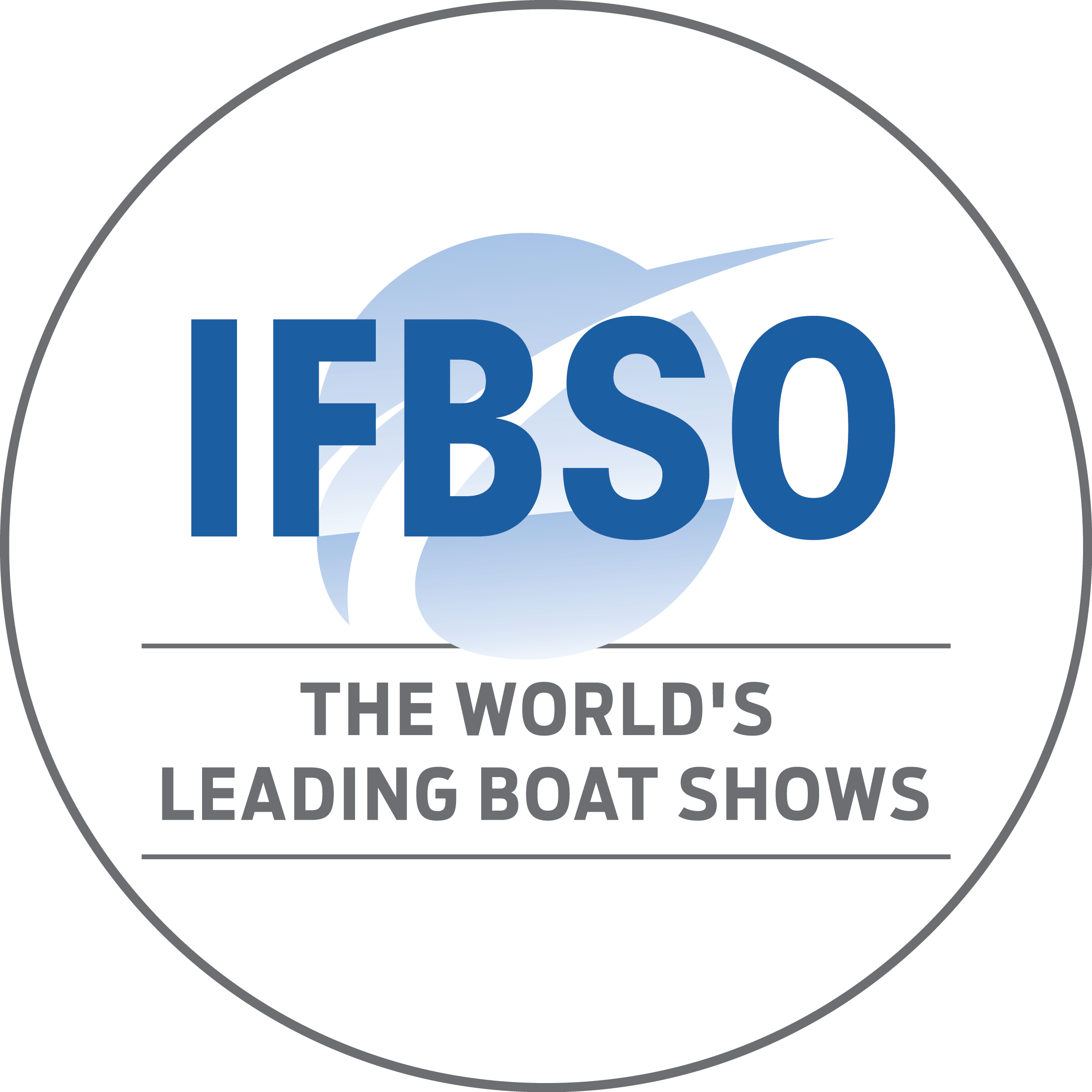
- Partners with:
-
-
- © 2025 Boat International Media Ltd.
- Topics A-Z
- IBI Magazine
- Terms & Conditions
- Privacy Policy
- Cookie Policy
- Subscribe
- Contact us
Site powered by Webvision Cloud
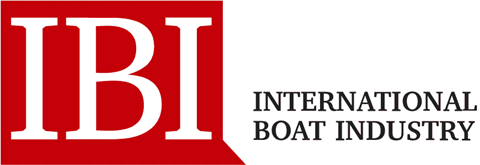
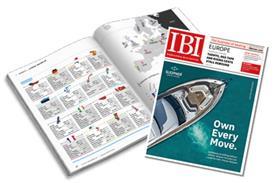
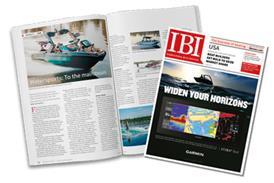
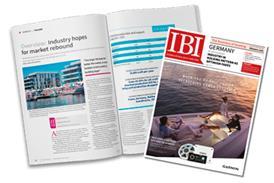
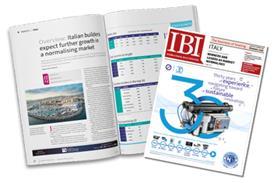
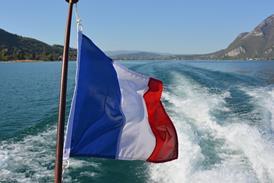
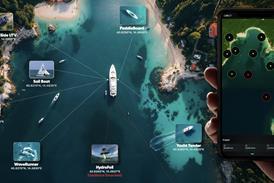
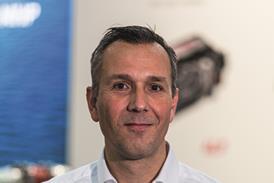
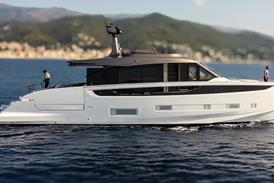
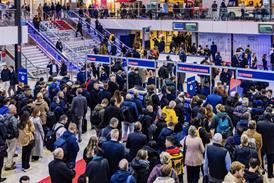
 LinkedIn
LinkedIn X / Twitter
X / Twitter Facebook
Facebook Email us
Email us



